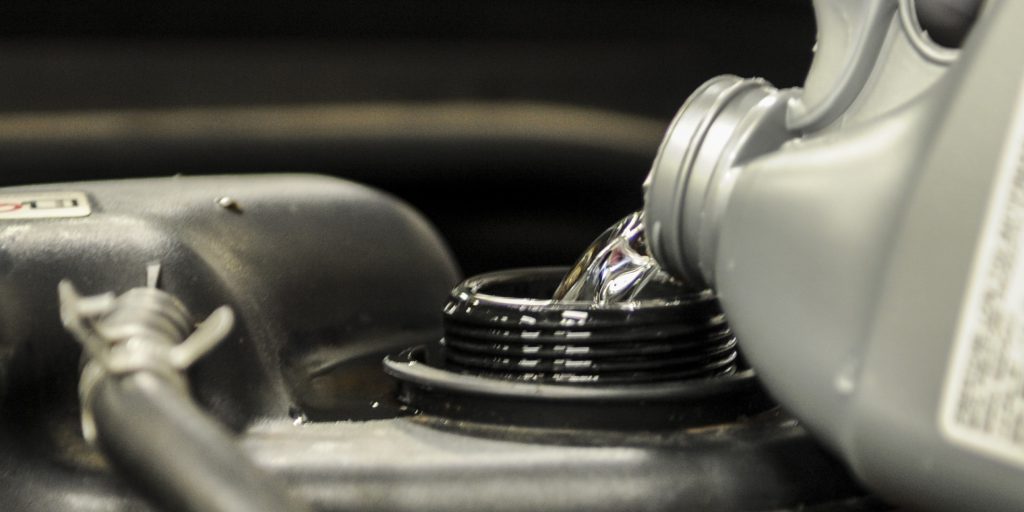an email newsletter released every month highlighting the latest articles, events, technical inquires, and voices from the community
Flammability Concerns for Ethylene-Glycol and Water (EGW) Coolant

Posted on September 19, 2023 | Completed on September 18, 2023 | By: Jim Tucker
What data or test data are available on the flammability of EGW coolant?
Assumptions
Without further details on the system, the ethylene-glycol water mixture is assumed to be mixed and used similarly to how it is used in automobiles:
- 50:50 mix, likely not greater than 70:30 due to potential limitations in corrosion inhibitors
- Operating temperature range: ~195–220 °F (90–104 °C)
The antifreeze mixture will likely not ignite on its own until the water portion is driven off. It was measured that 95% of the water had to be removed before the mixture could be burned [1]. Therefore, it is highly unlikely that the antifreeze would be a primary fuel source without hot surfaces and/or a boiling vapor release due to a system failure leading to a release. In automobiles, the exhaust manifold or other such components can be ignition sources [2]. Another longer-term (hours) ignition source involves spills onto electrical equipment that result in electrolysis, which has been reported to start fires in aircraft [3]. A 50:50 mix is reported to have an effective flashpoint of 270 °F (132 °C) [3] and a boiling point of 230 °F at 1 atmosphere [4].
| Fluid | Classification | Flash Point | Auto Ignition Temperature | Heat of Combustion | Hot Surface Ignition Temperature |
| Jet A | Flammable | 118 °F (48 °C) avg. | 437 °F (225 °C) | 43 MJ/kg | ~1100 °F (°C) |
| Ethylene Glycol | Combustible | 237 °F (114 °C) | 752 °F (400 °C) | 16.9 MJ/kg | n/a |
An initial review of a few papers examining both antifreeze and pure ethylene glycol seems to indicate that there is a low risk of the coolant being either an initial fire source or a primary fuel source. As expected, the water and the phase change required to evaporate it is a strong deterrent to igniting the coolant due to heat losses, and since ethylene glycol has a boiling point of 388 °F (198 °C), the water will preferentially be evaporated first before significant ethylene glycol vapors can be generated. However, if there is an existing fire, there is evidence that a mixture containing ethylene glycol can eventually burn and add to the fire [1] within the limits of any other fuel. For example, testing showed that when part of a firefighting foam to extinguish ammunition fires, ethylene glycol could be used with water and put out the fires [5].
No ballistic test series involving ethylene-glycol were uncovered in an initial search. A ballistic impact would be assumed to liberate and atomize the same as would be seen in any other hydrodynamic ram event in a container or line. But the transient nature of ballistic ignition sources appears unlikely to be able to vaporize and ignite a coolant mixture given the presence of water. Both fire test series [1, 4] involving antifreeze looked at very specific scenarios where the mixtures were preheated and then released onto existing flames, 0.3 kJ/sec. A fully functioned 7.62 x 54 mm API, for instance, can generate ∼17 kJ [6] but only burns for less than 20 ms, so it is effectively 0.017 kJ/s. In other cases, mixtures were introduced to rooms with burners simulating the burning of a large, upholstered chair. And in cases where the coolant was first atomized through a nozzle and sprayed onto a flame, the mix tended to ignite only near the pilot flames and did not self-sustain.
Based on initial research, it appears that a coolant system with ethylene-glycol and water in the loop would not be a significant ignition source on aircraft. Conflicting research was found where ignitions happened on hot surfaces, and the EGW could potentially add to an existing fire. However, this is dependent on the EGW mixture and system configurations with the presence of hot surfaces. In addition to aircraft, ground vehicles were also investigated. Two incidents were uncovered that resulted in an ignition of EGW. The first was a test incident report based on a coolant spray hitting a hot exhaust manifold. It was easily extinguished via the AFES. The second event involved coolant that was ignited based on contact with an electric component, but the fire self-extinguished very quickly once the ignition source was removed. Since no ballistic test data was found, it is recommended to conduct a ballistic test series to evaluate the specific configuration to determine the actual probability of ignition and sustainment.
References
[1] Lee, B. A. “Fire Experiments and Flash Point Criteria for Solar Heat Transfer Liquids.” Washington, DC: Center for Fire Research, National Engineering Laboratory, National Bureau of Standards, 1979.
[2] Roberts, C. C. “Automobile Engine Coolant Related Fires.” C. Roberts Consulting Engineers, Inc., http://www.croberts.com/coolant.htm, accessed 8 September 2023.
[3] Babrauskas, V. Ignition Handbook. Issaquah, WA: Fire Science Publishers, 2003.
[4] Hull, W. C. “Analysis of Ethylene Glycol-Based Engine Coolant as a Vehicle Fire Fuel.” International Symposium of Fire Investigation Science and Technology, pp. 263-274, 2008.
[5] Finnerty, A. “Extinguishing Ammunition Fires.” Aberdeen Proving Ground, MD: U.S. Army Armament Research and Development Command, 1982.
[6] SURVICE Engineering. “Joint Live Fire (JLF) Aircraft Systems Detailed Test Plan for Assessment of Ullage Ignition.” Wright-Patterson AFB, OH: Aerospace Survivability & Safety Office, 2019.
Want to find out more about this topic?
Request a FREE Technical Inquiry!

